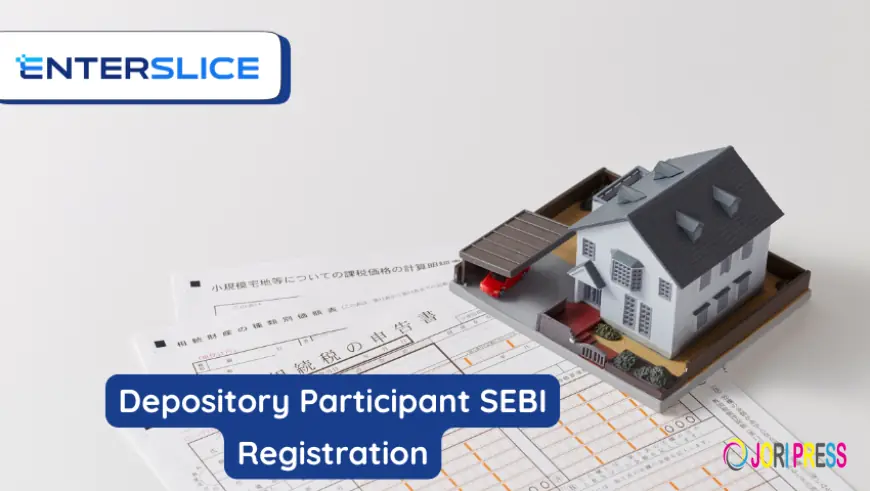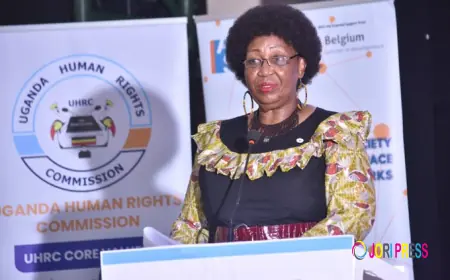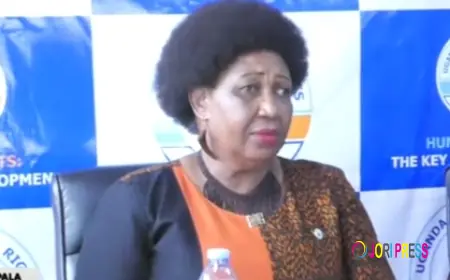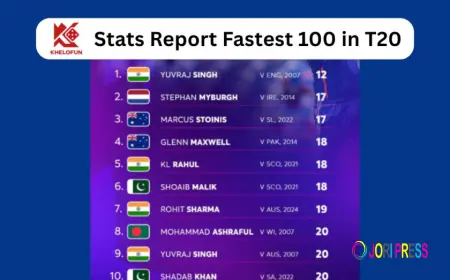Depository Participant SEBI Registration
Learn the step-by-step process for Depository Participant SEBI Registration, eligibility, compliance requirements, and documentation. Start your registration journey today!

In India’s rapidly evolving capital market, investors depend on secure and transparent systems to manage their securities. Depositories play a crucial role in this ecosystem, and the intermediaries who connect investors to these depositories are known as Depository Participants (DPs). To operate legally, every DP must obtain registration from the Securities and Exchange Board of India (SEBI).
This blog explains everything about Depository Participant SEBI Registration — its eligibility, documentation, process, and key compliance requirements. If you are a financial institution, broker, or company looking to offer depository services, this guide will help you understand what’s needed to get started.
What is a Depository Participant?
A Depository Participant acts as a bridge between investors and depositories like the National Securities Depository Limited (NSDL) and Central Depository Services Limited (CDSL). Just as banks hold money, depositories hold securities such as shares, bonds, mutual funds, and ETFs in electronic form.
However, investors cannot directly open accounts with a depository. They must go through a DP, who facilitates dematerialization, rematerialization, transfer, and settlement of securities. These participants include banks, financial institutions, NBFCs, and stockbrokers authorized by SEBI.
Why SEBI Registration is Essential for Depository Participants
Depository Participant SEBI Registration is mandatory to ensure the credibility, transparency, and reliability of intermediaries handling investors’ securities. The registration process ensures that only financially sound and compliant entities are allowed to operate.
Without SEBI approval, a DP cannot open demat accounts, handle securities, or offer related services. Moreover, SEBI periodically monitors registered participants to ensure investor protection and operational integrity.
Eligibility Criteria for Depository Participant SEBI Registration
To become a registered DP, an applicant must meet certain eligibility conditions set by SEBI and the respective depository. Below are the key requirements:
-
Legal Structure: The applicant must be a bank, NBFC, stockbroker, registrar, or custodian of securities.
-
Financial Soundness: A minimum net worth requirement is specified — typically Rs. 50 lakh for most entities, though it varies depending on the type of participant and depository.
-
Infrastructure: The applicant should have proper office space, trained personnel, and IT systems to ensure efficient operations.
-
Fit and Proper Criteria: Promoters and directors must have a clean record, with no involvement in fraud or financial irregularities.
-
Depository Agreement: The applicant must enter into an agreement with NSDL or CDSL before applying to SEBI.
Step-by-Step Process of Depository Participant SEBI Registration
The registration process is systematic and must be followed carefully to avoid delays. Here’s a breakdown of each step:
Step 1: Application to Depository
The first step is to apply to a depository (either NSDL or CDSL) along with necessary documents such as organizational details, infrastructure proof, and net worth certificate.
Step 2: Evaluation by Depository
The depository reviews the application, verifies the infrastructure and systems, and ensures compliance with operational standards. If satisfied, it forwards the application to SEBI with a recommendation.
Step 3: Submission to SEBI
The applicant must then submit the SEBI registration form (Form E) along with relevant supporting documents, business plan, and fees as per SEBI guidelines.
Step 4: SEBI Review and Approval
SEBI examines the applicant’s eligibility, compliance status, and depository agreement. Upon successful verification, SEBI issues a Certificate of Registration, allowing the applicant to operate as a Depository Participant.
Key Documents Required for Registration
Applicants must submit the following documents during the registration process:
- Memorandum and Articles of Association (MOA & AOA)
- Audited financial statements for the last three years
- Net worth certificate from a Chartered Accountant
- Details of directors, shareholders, and key personnel
- Infrastructure details including IT systems and office space proof
- Copy of depository agreement
- Board resolution authorizing DP registration
Providing complete and accurate documentation helps ensure a faster approval process.
Post-Registration Compliance for Depository Participants
After obtaining registration, DPs must adhere to several compliance requirements under SEBI and the depository’s regulations. These include:
- Quarterly reporting on client accounts and transactions
- Periodic audits to ensure data security and operational integrity
- Maintenance of records for a prescribed duration
- Adherence to investor grievance redressal mechanisms
- Submission of financial statements and compliance reports within set timelines
Failure to comply with SEBI’s guidelines can result in penalties, suspension, or cancellation of registration.
Benefits of Becoming a Depository Participant
For financial institutions and intermediaries, becoming a SEBI-registered DP offers numerous advantages:
- Opportunity to expand financial service offerings
- Increased credibility and trust among investors
- Enhanced business scope through association with NSDL or CDSL
- Access to a growing investor base in India’s capital markets
- Strengthened brand image as a regulated market intermediary
Common Challenges in the Registration Process
While the process may seem straightforward, many applicants face challenges such as incomplete documentation, lack of clarity in eligibility norms, and delays in coordination with depositories. Seeking expert guidance or consulting with a professional firm experienced in SEBI registration can significantly simplify the process.
Conclusion
Depository Participant SEBI Registration is not just a regulatory requirement—it’s a step toward building credibility in India’s capital market ecosystem. By obtaining SEBI approval, your organization can gain access to a vast network of investors and establish itself as a trusted intermediary in the securities domain.
A structured approach, strong compliance framework, and professional assistance can make the registration process smoother and more efficient.
FAQs
1. Who can become a Depository Participant in India?
Banks, NBFCs, stockbrokers, custodians, and registrars can apply to become Depository Participants after obtaining SEBI registration.
2. How long does the SEBI registration process take?
The timeline typically ranges from 3 to 6 months, depending on document verification and depository recommendations.
3. Is there any minimum net worth requirement for DPs?
Yes, most applicants must maintain a minimum net worth of Rs. 50 lakh, though this may vary by category.
4. Can a company be a DP for both NSDL and CDSL?
Yes, an entity can register with both depositories after fulfilling each depository’s eligibility and compliance criteria.
What's Your Reaction?
 Like
0
Like
0
 Dislike
0
Dislike
0
 Love
0
Love
0
 Funny
0
Funny
0
 Angry
0
Angry
0
 Sad
0
Sad
0
 Wow
0
Wow
0
















































